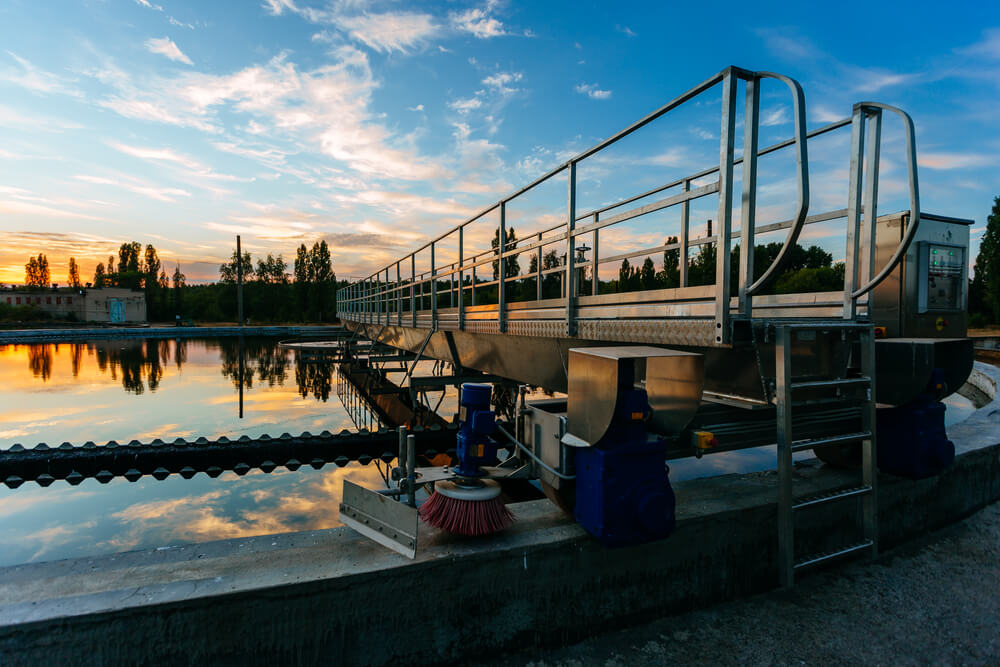“Don’t wait until you’re thirsty to dig a well,” Chinese Philosopher, Zhu Xi said some 800-years ago.
When it comes to diseases and natural disasters, we generally accept that the smart thing is to focus on preparedness and pre-emptive planning. Whether it is COVID-19, cancer, earthquakes or tsunamis, prevention and early detection inarguably work better than trying to mitigate problems after they have grown out of control.
Yet, for the climate crisis, prevention consistently takes a back seat to after-the-fact cures. Nowhere is this reactive thinking more evident than in efforts focused on atmospheric carbon dioxide removal, also known as Carbon Dioxide Removal (CDR) or Direct Air Capture (DAC).
Instead of focusing on CO2 prevention at a few thousand sites across the world that are responsible for the majority of human-caused greenhouse gas emissions, some of the most sophisticated actors active in the space are solely focused on the removal ex-post rather than preventing carbon emissions from occurring in the first place.
Most of the focus around carbon emissions has been on CDR coupled with Carbon Capture and Storage (CCS) – a process that takes carbon out of the atmosphere and permanently locks it away underground. While such efforts are laudable, the singular focus on filtering carbon emissions already in the atmosphere fails to get at the root of the problem.
When the Clean Water Act was belatedly passed in the U.S. in 1972 it focused on reducing the discharge of toxic pollutants into the waters not mandating filters to clean up the water after the pollutants were already in the drinking water.
Fifty-years later, we are focused on capturing dilute streams of CO2 from the air we breathe instead of rapidly incentivizing capture at industrial sites that have significantly higher concentrations of these molecules available at the source.
Most industrial sites have CO2 concentrations that are 100- to 10,000x more concentrated than the CO2 we could capture from the air. While ambitious programs to financially incentivize CDR approaches continue, carbon capture facilities at these industrial sites capture less than 0.01 per cent of industrial emissions they produce.
We need a balanced approach.
Energy- and carbon-intensive industries, including those in cement, steel, glass and chemical manufacturing, are vital to our modern way of life, yet they account for about 70 per cent of the world’s industrial emissions. We need effective ways to reduce their emissions if we hope to win the fight against climate change.
That is where technologies like carbon capture and utilization (CCU) can play a vital role.
CCU involves technological processes that trap carbon dioxide from industrial facilities — power plants and cement, steel or chemical manufacturers — before it can enter the atmosphere. The captured carbon emissions can, instead, be used to make new materials and products with a considerably lower carbon footprint, that are stronger and more environmentally sustainable.
To realize the true potential of CCU, we need to quickly and then patiently incentivize turning off the CO2 taps at our major industrial sites, at least as much as we do filtering the CO2 already in the air we breathe.
To tackle industrial emissions at the source, government, industry and thought leaders need to shift to a more proactive mindset, prioritizing prevention instead of after-the-fact treatment. These three steps would make a good start:
- CO2 reduction through energy and material efficiency at industrial sites should be incentivized equally to CDR credits.A tonne of CO2 avoided is considerably more valuable to society than a tonne emitted and then recaptured. For every $ spent on CDR by large private and/or public sources, at least $2 should be spent on CO2 reduction and abatement technologies.
- Industrial decarbonization efforts need significant attention through rapid permitting, tax credit incentives and first-of-a-kind (FOAK) project finance tools to attract private capital into these sectors. We need novel financial instruments to enable disruptive scale of ground-breaking technologies.
- Community leaders, private companies and governments at all levels should increase awareness and knowledge of the Carbon Cycle. We need to ditch overly simplistic stories and instead draw analogies with successful environmental efforts of the past.
The climate crisis is the biggest challenge we face. To succeed, we need to invest in technologies like CCU that address the problem of carbon emissions at the source.
Photo courtesy of DepositPhotos




